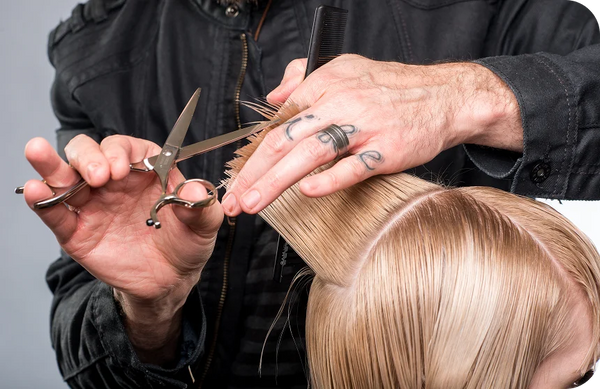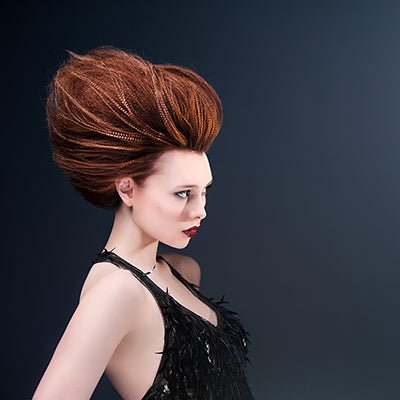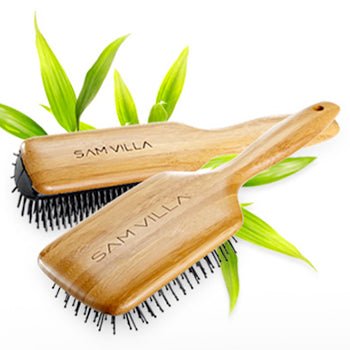The comb is the most misunderstood tool in the industry. Many stylists cut and re-cut hair over and over again because they haven't used the proper comb to get the right tension and line precision. They fall into the habit of picking up the same comb all the time and neglect to take type, color, width and length into consideration.
I usually use wide teeth on a professional wide cutting comb for curly hair because it respects the curl pattern and doesn't stretch it too much.
I like long cutting combs for compressing and condensing long hair sections and short cutting combs for short tight styles.
The wide teeth on a short cutting comb are actually wider than those on a long cutting comb, so it's also good for curly hair. I differ to tail combs for weaving. For optimal cutting, go for maximum visual contrast between comb and hair to increase visibility - use black combs on lighter hair and ivory combs on darker hair. It helps read the extension of the line you're cutting.
The width of the teeth are also important, fine teeth create more tension and are optimal when cutting precision sharp lines, wide teeth create less tension and are good for softer lines.
To achieve the uniform tension needed for cutting, it's important for a comb to glide effortlessly through hair without any snagging or grabbing.
The Sam Villa Signature Series Combs are made of silicone and graphite resins formed in a specialized mold that eliminates parting lines on teeth to guarantee perfect symmetry and the smoothest glide possible. It's the mechanics of having the proper comb that affect the length or width of hair on one side of the head versus the other.
Many stylist's comb only one side of their sections - the top or the bottom, and both really need to be combed. If elevation is raised and the angle of the previous section is underneath, it forces you to raise the section as you cut.
When the previous section is on top, you're pushing hair down, so you need to elevate before cutting otherwise you create uneven tension or swells in the hair contributing to an uneven length and line.



